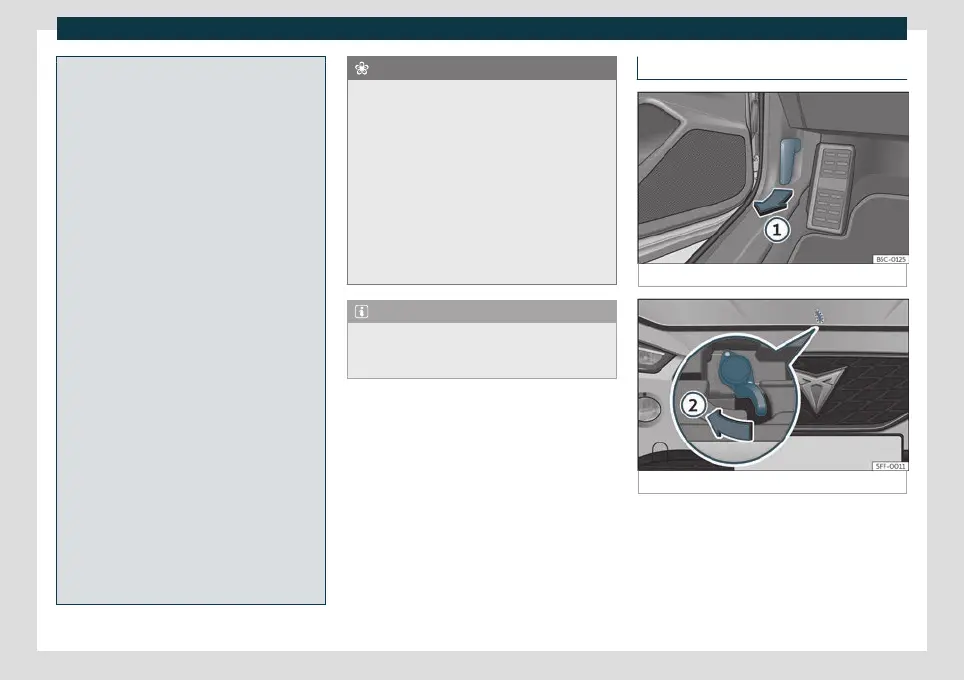Practical tips
securing the vehicle and there is a risk of
injury.
●
If any work has to be performed when the
engine is start
ed or with the engine run-
ning, there is an additional, potentially fa-
tal, safety risk from the rotating parts, such
as the drive belts, alternator, radiator fan,
etc., and from the high-voltage ignition sys-
tem. You should also observe the following:
–
Never touch the electrical wiring of the
ignition system.
–
Ensure that jewellery, loose clothing
and long hair do not get trapped in ro-
tating engine parts. Danger of death.
Before starting any work remove jewel-
lery, tie back and cover hair, and wear
tight-fitting clothes.
–
Never accelerate with a gear engaged
without taking the necessary precau-
tions. The vehicle could move, even if
the handbrake is applied. Danger of
death.
●
Observe the following additional warn-
ings if work on the fuel system or the elec-
trical system is necessary:
–
Always disconnect the battery from the
on-board network.
–
Do not smoke.
–
Never work near naked flames.
–
Always keep an approved fire extin-
guisher immediately available.
For the sake of the environment
●
Inspect the ground underneath your ve-
hicle regularly so that any leaks are detec-
ted at an early stage. If you find spots of oil
or other fluids in the area where it was
parked, have your vehicle inspected at the
workshop.
●
Service fluids leaks are harmful to the en-
vironment. For this reason you should make
regular checks on the ground underneath
your vehicle. If you find spots of oil or other
fluids, have your vehicle inspected in a spe-
cialised workshop.
Note
In right-hand drive vehicles* some brake
fluid reservoirs are on the other side of the
engine compartment
›››
Fig. 202 .
Opening and closing the bonnet
Fig. 200
Release lever in the driver's footwell area.
Fig. 201
Lever under the bonnet.
Opening the bonnet
The bonnet is r
ele
ased from inside the vehi-
cle.
Before opening the bonnet, make sure that
the windscreen wiper arms are in place
against the windscreen.
320

